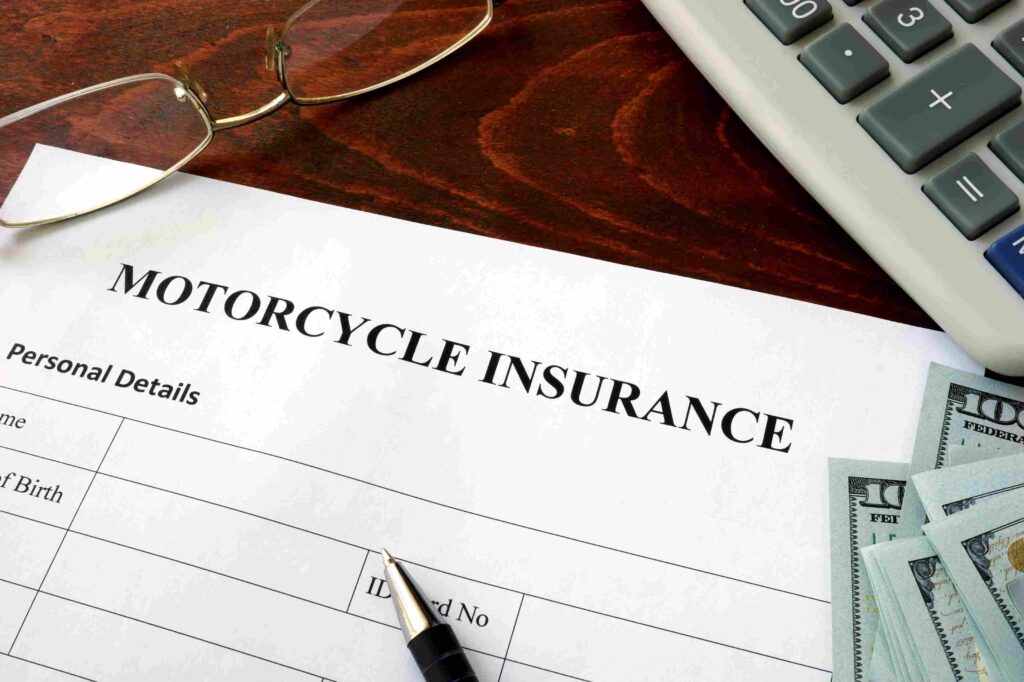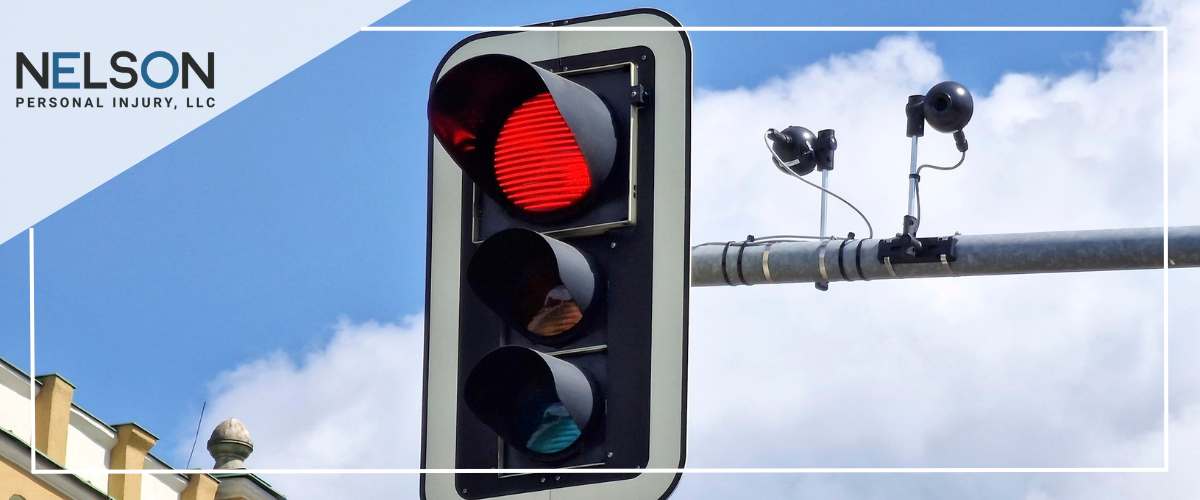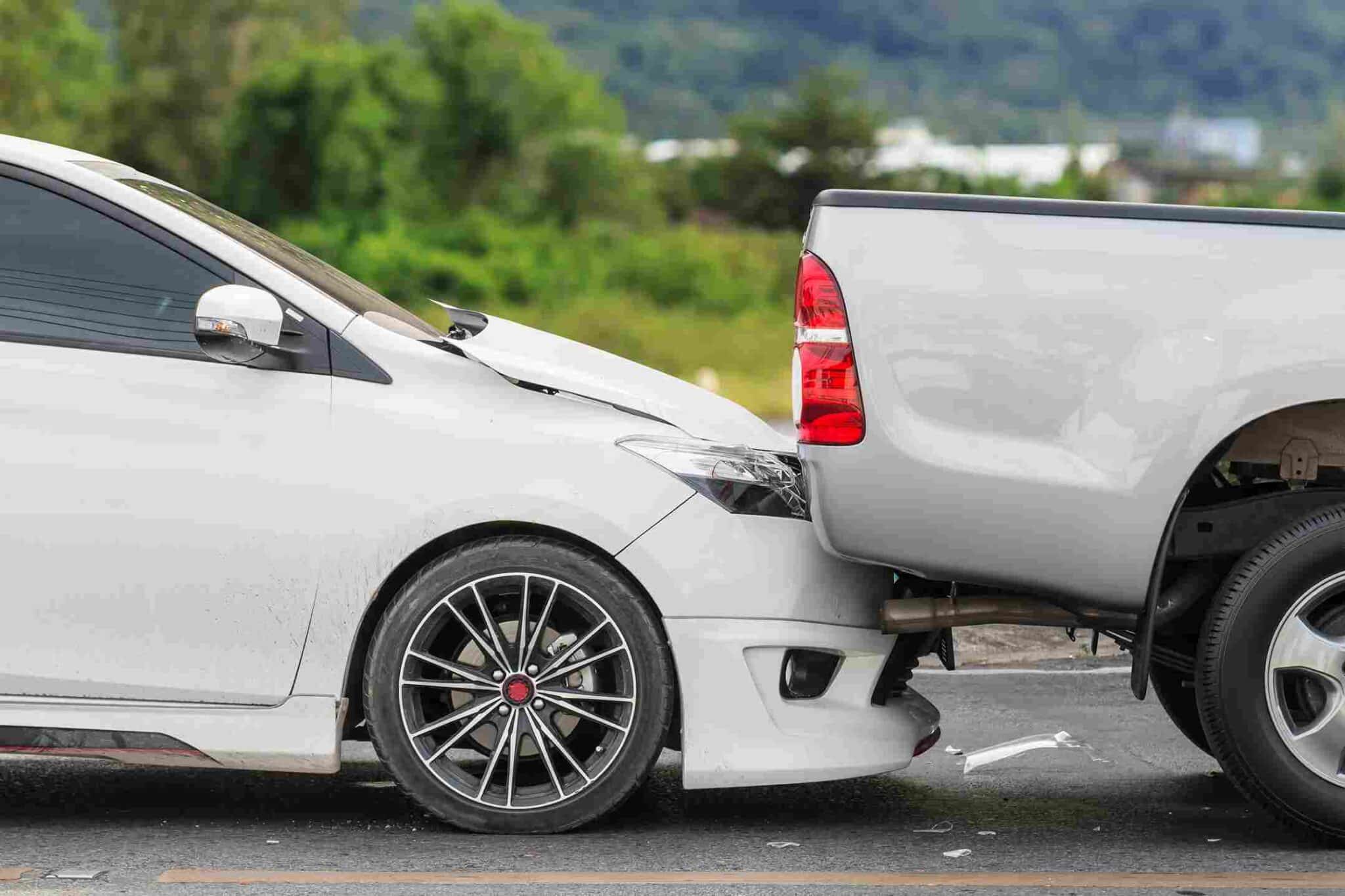Motorcycle enthusiasts in Minnesota understand the thrill and freedom of hitting the open road on their bikes. However, along with the excitement comes the responsibility of protecting oneself and others on the road. That’s where motorcycle insurance comes into play.
Whether you’re a seasoned rider or just beginning to ride, understanding motorcycle insurance is essential to safeguard your financial well-being and enjoy worry-free rides throughout the great State of Minnesota.
Motorcycle insurance is more than just something that is legally required; it provides vital financial protection for riders and their families. Accidents happen, and the costs associated with repairs, medical bills, and liability claims can be astronomical.
By understanding the basics of motorcycle insurance in Minnesota, riders can make informed decisions about coverage options that suit their needs and budget. Moreover, compliance with the state’s insurance requirements is crucial to avoid legal consequences.
Motorcycle Insurance Basics
Motorcycle insurance is a contract between a rider and an insurance company. Insurance offers financial protection in the event of motorcycle accidents, injuries, or property damage. Its purpose is to mitigate the financial burden associated with repair costs, medical expenses, wage loss, and liability claims that may arise from motorcycle accidents.
Key Components of a Typical Motorcycle Insurance Policy
A typical motorcycle insurance policy consists of several essential components. These may include:
- Liability Coverage: This component provides financial protection if the rider is at fault in an accident that causes bodily injury or property damage to others. It helps cover medical expenses, wage loss, pain and suffering, and property damage.
- Collision Coverage: This coverage pays for repairs or replacement of the insured motorcycle in case of a collision, regardless of who was at fault for causing the accident.
- Comprehensive Coverage: Comprehensive coverage protects against non-collision incidents such as hitting a deer, theft, vandalism, fire, or natural disasters.
- No-Fault Insurance Coverage: This coverage would provide for payment of up to $20,000 in medical expenses incurred by the rider and passengers in case of injuries sustained in an accident, regardless of fault. It will also cover up to $20,000 in wage loss and replacement services.
Explanation of Liability Coverage and its Requirements
Liability coverage is a mandatory component of motorcycle insurance in Minnesota. It includes two types of coverage:
- Bodily Injury Liability: This coverage helps pay for medical expenses, lost wages, and other damages suffered by other parties in an accident where the insured rider is at fault.
- Property Damage Liability: This coverage helps cover the costs of repairing or replacing the property of others damaged in an accident caused by the insured rider.
The state requires minimum liability coverage limits of $30,000 per person for bodily injury, $60,000 per accident for bodily injury, and $10,000 for property damage.
Optional Coverage Types Available for Motorcycle Insurance
In addition to the mandatory liability coverage, riders can add additional coverage types to their motorcycle insurance policies. These may include:
- Uninsured/Underinsured Motorist Coverage: This coverage protects the insured rider if they are involved in an accident with a motorist who lacks insurance or does not have sufficient coverage to compensate them for their injuries. This type of coverage is crucial to protect yourself in the event of serious injuries caused by a driver who does not carry insurance or does not carry enough insurance.
- Comprehensive and Collision Coverage: These coverage types help cover the costs of repairs or replacement of the insured motorcycle, regardless of fault, for such things as hitting a deer, theft, weather, etc.
- Personal Injury Protection (PIP) Coverage: PIP, also known as no-fault insurance coverage, helps pay for medical expenses, lost wages, and other costs related to injuries sustained by the insured rider and passengers, regardless of fault.
Understanding the basics of motorcycle insurance, including its key components and coverage options, is essential for riders to make informed decisions when selecting an insurance policy that best meets their needs and provides adequate protection on the road.
Factors Affecting Motorcycle Insurance Rates
Several factors play a role in determining motorcycle insurance rates in Minnesota. Understanding these factors can help riders anticipate and manage their insurance costs effectively.
Impact of Age, Riding Experience, and Driving Record on Insurance Premiums
Each of these factors can impact the insurance rate paid.
- Age: Younger riders typically face higher insurance rates due to their perceived higher risk of accidents. Rates may decrease with age and more years of experience.
- Riding Experience: Riders with a longer riding history and a clean record tend to receive lower insurance premiums as they are considered less likely to be involved in accidents.
- Driving Record: A history of traffic violations or previous accidents can significantly impact insurance rates, as it suggests a higher risk of future claims.
Other Factors Influencing Motorcycle Insurance Rates
Other factors can impact your insurance rate, too. These include the following:
- Type of Motorcycle: The make, model, engine size, and value of the motorcycle can influence insurance rates. Expensive or high-performance bikes generally have higher premiums.
- Usage: The frequency and purpose of motorcycle use can affect insurance rates. Bikes used for daily commuting may have higher premiums than those used for leisure.
- Location: Where the motorcycle is primarily parked and ridden can impact insurance rates. Areas with higher theft rates or accident frequencies may lead to increased premiums.
By considering these factors, riders can better understand how insurance providers calculate their rates. Maintaining a safe driving record, gaining experience, and choosing a motorcycle that aligns with their needs and budget can help riders obtain more affordable insurance coverage.
Discounts and Savings Opportunities
Motorcycle insurance providers offer a range of discounts and savings opportunities to help riders lower their insurance costs. These discounts can significantly impact premiums and make coverage more affordable.
Common Discounts
Some of the discounts you may receive when purchasing motorcycle insurance include the following:
- Safe Rider Discounts: Insurance companies often reward riders who have completed approved motorcycle safety courses with lower premiums. These courses demonstrate a commitment to safe riding practices.
- Multi-Policy Discounts: Bundling motorcycle insurance with other policies, such as auto or home insurance, can lead to substantial savings. Insurers often provide discounts for customers who consolidate their coverage.
- Loyalty Discounts: Some insurance companies offer discounts to long-term policyholders as a reward for their loyalty. The longer you stay with the same insurer, the more potential savings you may receive.
Tips on Qualifying for Discounts and Reducing Insurance Costs
You can do a few things to help you qualify for insurance discounts and minimize total costs. These include the following:
- Research and Compare: Take the time to research multiple insurance providers and compare quotes. Different companies may offer varying discounts and pricing structures, so shopping around can help identify the best options.
- Maintain a Clean Record: Avoid traffic violations and accidents to maintain a good driving record. A history of safe riding demonstrates responsibility and can make you eligible for better rates.
- Increase Deductibles: Opting for higher deductibles can lower premiums. However, be sure to choose deductibles you can comfortably afford in case of a claim.
- Secure Your Motorcycle: Installing security devices such as alarms, locks, or GPS trackers can deter theft and potentially lead to discounted rates.
Riders can reduce their insurance costs while maintaining adequate coverage by exploring available discounts, maintaining a clean record, and implementing safety measures. Taking proactive steps to qualify for discounts can result in substantial savings over time.
Understanding Claims Process
Understanding the claims process is crucial for motorcycle insurance policyholders when accidents or damages occur. Familiarizing with the steps can help expedite the resolution and ensure a smooth claims experience.
The claims process includes the following steps:
- Reporting the Incident: Contact your insurance company immediately to report the accident or damage. Provide accurate and detailed information about the incident, including date, time, location, and involved parties.
- Documentation: Gather all relevant documentation, such as photos of the scene, police reports, and witness statements. These documents support your claim and provide evidence for the insurance provider.
- Claim Investigation: The insurance company will assign a claims adjuster to investigate the incident, assess damages, and determine coverage eligibility. Cooperate with the adjuster, providing any requested information or additional documentation.
- Repair or Replacement: Once the claim is approved, the insurance company will either arrange repairs for your motorcycle or provide compensation for the damages based on the terms of your policy.
Importance of Promptly Reporting Accidents or Damage to the Insurance Company
Promptly reporting accidents or damages to the insurance company is crucial for several reasons. It ensures timely assessment and resolution of your claim, prevents potential delays, and helps gather accurate information while it is fresh in your memory. Delayed reporting may result in complications, potential claim denial, or limitations in coverage. By notifying your insurer promptly, you can initiate the claims process and receive the necessary assistance to repair or replace your motorcycle efficiently.
Understanding the claims process, adhering to reporting timelines, and providing accurate documentation are key factors in ensuring a smooth and efficient claims experience for motorcycle insurance policyholders.
Safeguard Your Ride with Comprehensive Motorcycle Insurance
With its diverse coverage options, legal requirements, and potential savings through discounts, understanding motorcycle insurance in Minnesota is vital for riders. By grasping the basics of coverage, exploring additional options, and considering factors that affect insurance rates, riders can make informed decisions to protect themselves and their motorcycles on the road.
If you are involved in a motorcycle accident caused by someone else’s actions or negligence, we are here to help. Contact us at (320) 216-7651 to schedule a free consultation to discuss your case.






